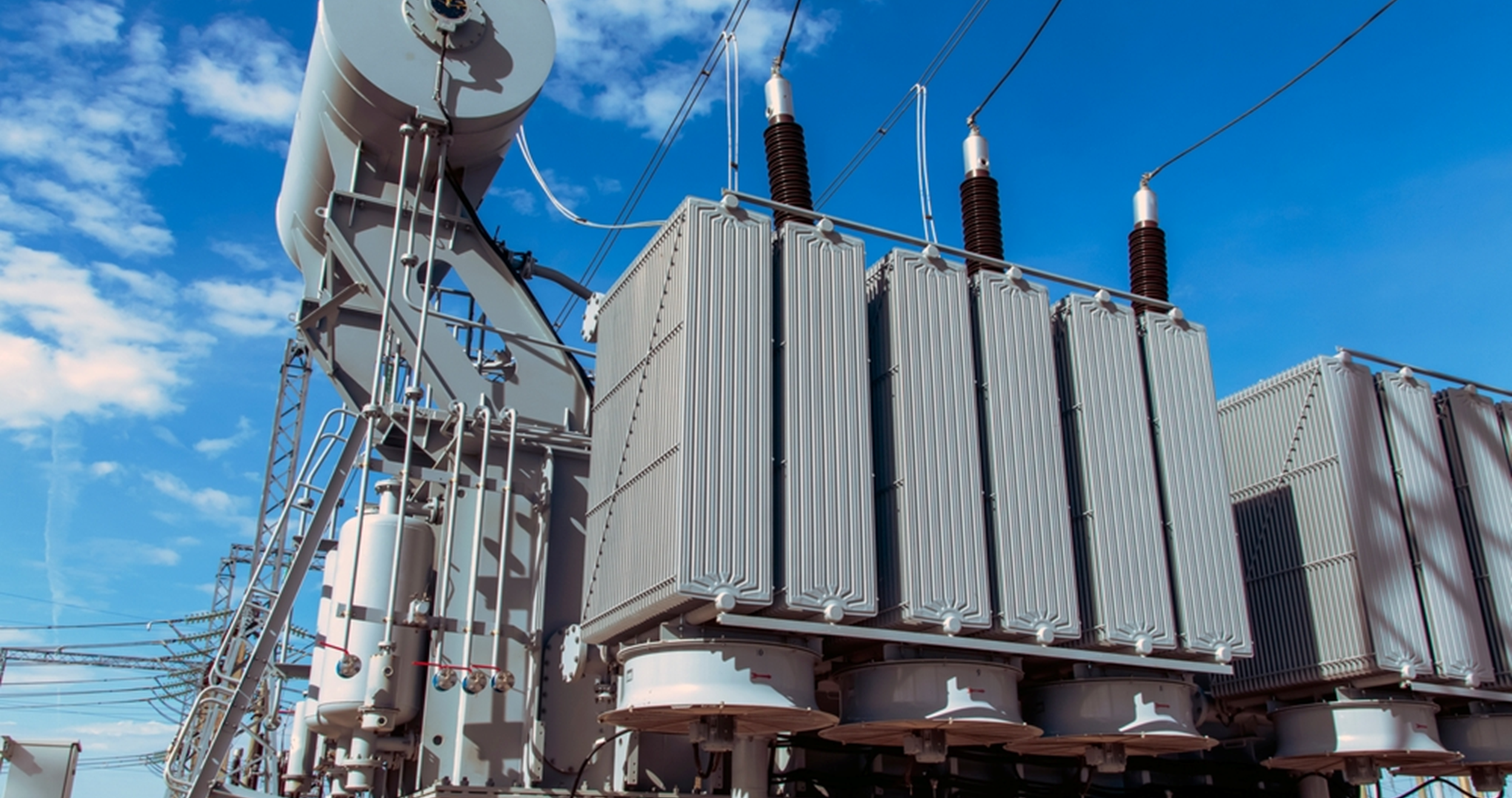Our recommendations
Last Update
20 June 2023
Hydrogen investments & strategies for key nations positioned w.r.t different archetypes
Europe leads globally in the number of announced hydrogen projects, with with Australia, Japan, Korea, China and the USA following as additional hubs
If all projects come to fruition, total investments will exceed USD 300 billion in hydrogen spending through 2030 – the equivalent of 1.4% of global energy funding. However, only USD 80 billion of this investment can currently be considered “mature,” meaning that the investment is either in a planning stage, has passed a final investment decision (FID), or is associated with a project under construction, already commissioned or operational. The global shift toward decarbonization backed by government financial support and regulation is supporting this momentum. For instance, 75 countries representing over half the world’s GDP have net zero carbon ambitions and more than 30 have hydrogen-specific strategies. Governments have already pledged more than USD 70 billion and included new capacity targets and sector level regulation to support these hydrogen initiatives.
EU has announced a 40 GW electrolyzer capacity target for 2030 (up from less than 0.1GW, presently) - Hydrogen Council
With the advent of hydrogen giga-scale projects , hydrogen production costs can continue to fall
Do you want to seek Eninrac assistance in helping you resolve some critical business issues? Engage with us and reach out to our experts by using the Request for Proposal (RFP) form.
BEST VISION IS INSIGHT
Combine market knowledge and your skill to contribute value for end consumers

Transformer Sales Surge: ₹75,000 Crore Opportunity Ahead

Solar Parks Development Status in India

EU Solar Market 2024: Utility- Scale Resilience Amidst A Slumping Rooftop
Get started with
EI Market personalised demo
Complete the form to get in touch with our sales team to see our Visionboard platform in action. We'll show you how you can use eninrac to build a culture of action of consistently hunting down and eliminating poor market research expriences across your companies line of business


